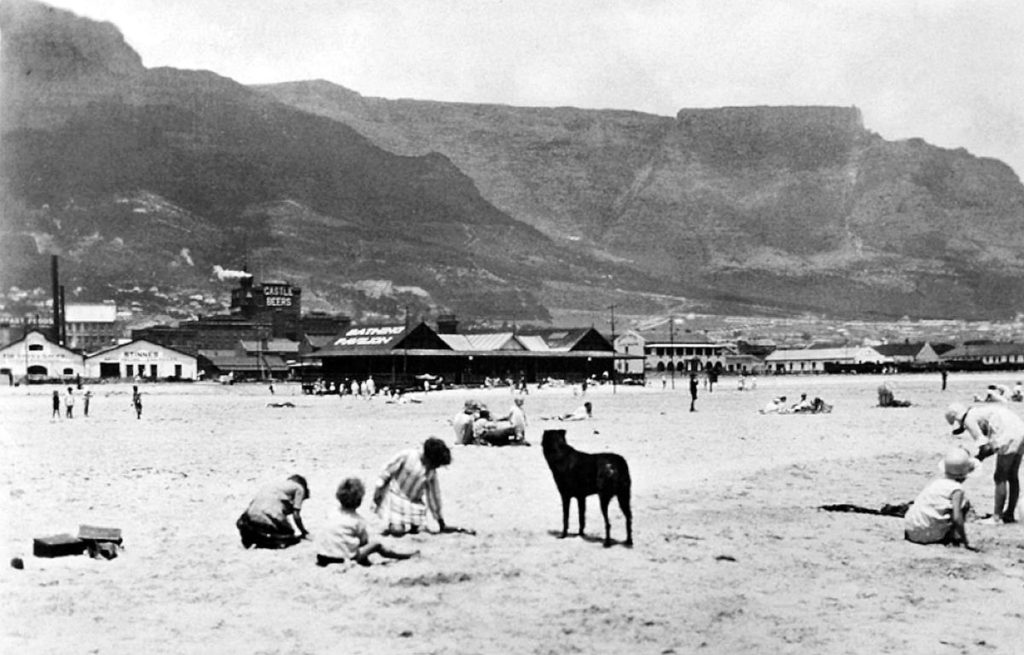It is undeniable that the Mother City has gone through some serious changes over the years. One of the most prominent for us has to be the Woodstock area which, believe it or not used to be home to a flourishing beachfront, frequented by locals on a daily basis.
If you were heading out for a beach day in the 19th century in Cape Town, your beach of choice would undoubtably be Woodstock. Nowadays the area is better known for its quirky cafe offering or unique stores but back in the day it was the place to be for soaking up some sun.

Over the years, the Woodstock area has changed like a chameleon from era to era. It is one of Cape Town’s oldest suburbs and was originally established in 1788 with the estate of silversmith, Pieter van Papendorp. This estate is a place of significant history as it was where the Dutch surrendered to the British, right in Woodstock.
In the 1800’s farm cottages and fisherman houses popped up all around the suburb which was known as Papendorp at the time. It was a plentiful farm area where fishermen sold their fresh fish everyday.
Around 1862 a railway was built connecting Papendorp with Cape Town and just a few years after that Papendorp merged with Salt River. It was around this time that a town meeting was called to decide on a new name for the area. A number of fishermen voted for the town to be named “Woodstock” after their favourite bar and before the townspeople knew it, that’s what their town was renamed to.

The 19th century ushered in a new era of urbanisation and working-class residents. Fishing fell by the wayside and the railways introduced a new source of employment. With diamonds being discovered in Kimberley, the population of Woodstock boomed and as the Anglo-Boer War ended in 1902, the British returned to the Cape and built the terraced houses that can still be seen in Upper Woodstock.
As the populations of Cape Town and Woodstock continued to grow, the Foreshore was reclaimed in 1937 in a desperate attempt to gain 480 acres of extra land. In 1945, the largest dry dock in the Southern Hemisphere was created and Woodstock lost its popular beach for the sake of building homes and accommodating the demand for adequate living space.

If you find yourself in this vibrant neighbourhood, take a walk along Beach Road as it marks the place where the old beach used to be and is a nod to the beautiful shoreline lost in the sands of time.
These amazing old pictures were sourced via Cape Town Down Memory – check out their page for more.
Pictures: Facebook/Cape Town Down Memory Lane

